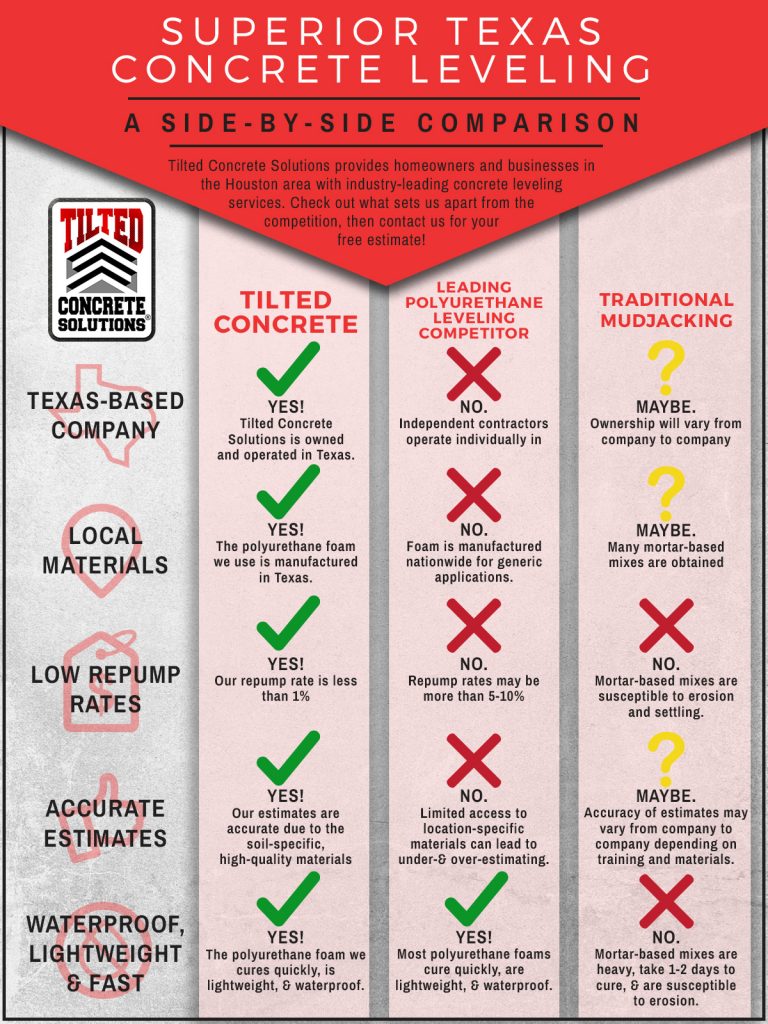The Performance Of Your Commercial External Paint Project Is Very Closely Tied To Weather-- Find Out How It Can Either Support Or Hinder Your Preferred End Results
The Performance Of Your Commercial External Paint Project Is Very Closely Tied To Weather-- Find Out How It Can Either Support Or Hinder Your Preferred End Results
Blog Article
Developed By-Duke Dohn
When you're intending a commercial exterior paint task, do not take too lightly the influence of weather on your results. You require to take into consideration aspects like temperature level, humidity, and rainfall, as they can make or break your paint job. For instance, did you know that excellent conditions require particular temperature level varieties and moisture degrees? Failing to keep track of these facets can result in irregular finishes and even damage to fresh paint. Recognizing these components is vital to achieving a long-lasting, specialist result. So, what certain weather should you watch out for?
Temperature level Considerations
When it concerns commercial outside painting, temperature level plays an important role in the result of your task. If you're painting in severe warmth, the paint can dry as well rapidly, causing problems like inadequate attachment and uneven coatings. You intend to go for temperatures between 50 ° F and 85 ° F for the very best outcomes. Listed below 50 ° F, paint may not treat appropriately, while above 85 ° F, you run the risk of blistering and fracturing.
Timing your task with the appropriate temperature levels is necessary. Start your work early in the morning or later on in the mid-day when it's cooler, especially during hot months.
Also, take into consideration the surface temperature; it can be significantly greater than the air temperature level, specifically on warm days. Use a surface thermostat to inspect this before you start.
If temperature levels are unpredictable, watch on the weather forecast. Unexpected temperature decreases or warm front can derail your strategies. You do not wish to begin painting just to have the problems alter mid-project.
Moisture Degrees
Humidity levels considerably affect the success of your industrial exterior painting task. When the humidity is too high, it can prevent paint drying and treating, bring about a series of issues like bad attachment and end up top quality.
If you're preparing a job during damp problems, you could find that the paint takes longer to completely dry, which can expand your job timeline and increase costs.
On the other hand, low moisture can also pose obstacles. Paint may dry out also quickly, protecting against proper application and causing an uneven surface.
You'll intend to keep an eye on the moisture levels carefully to guarantee you're working within the perfect variety, typically between 40% and 70%.
To obtain the very best results, think about making use of a hygrometer to determine humidity before beginning your task.
If you locate the degrees are outside the ideal array, you may need to readjust your timetable or choose paints developed for variable problems.
Constantly speak with the producer's standards for particular recommendations on humidity resistance.
Precipitation Impact
Rain or snow can significantly disrupt your commercial exterior painting strategies. When rainfall occurs, it can remove fresh applied paint or develop an uneven surface. Preferably, you wish to choose days with dry weather to make sure the paint adheres correctly and remedies efficiently. If https://residential-painters-near87654.dreamyblogs.com/33623855/grasping-the-art-of-paint-touch-ups-rests-on-meticulous-information-and-expert-methods-figure-out-just-how-to-create-smooth-finishes captured in a rain shower, it's finest to stop the task and wait for problems to improve.
Furthermore, snow can be a lot more detrimental. Not only does it create a wet surface, however it can additionally reduce temperatures, making it difficult for paint to dry. This can result in concerns like peeling off or blistering down the line.
It's important to examine the weather forecast before starting your task. If rain or snow is anticipated, think about rescheduling.
Constantly keep in mind to allow appropriate drying out time between coats, particularly if the weather remains unforeseeable.
https://thevideoink.com/how-interior-painting-cost-per-square-foot-calculator-works/
To conclude, keeping an eye on the weather is essential for an effective industrial outside paint job. By checking temperature, moisture, and rainfall, you can make sure the best conditions for application and treating. Keep in mind to plan your work around favorable climate and always follow maker guidelines. With the appropriate approach, you'll achieve a long-lasting, beautiful finish that can withstand the elements. Do not let the climate catch you off guard-- stay informed and paint smart!
